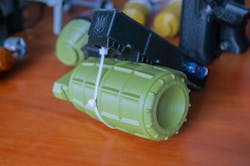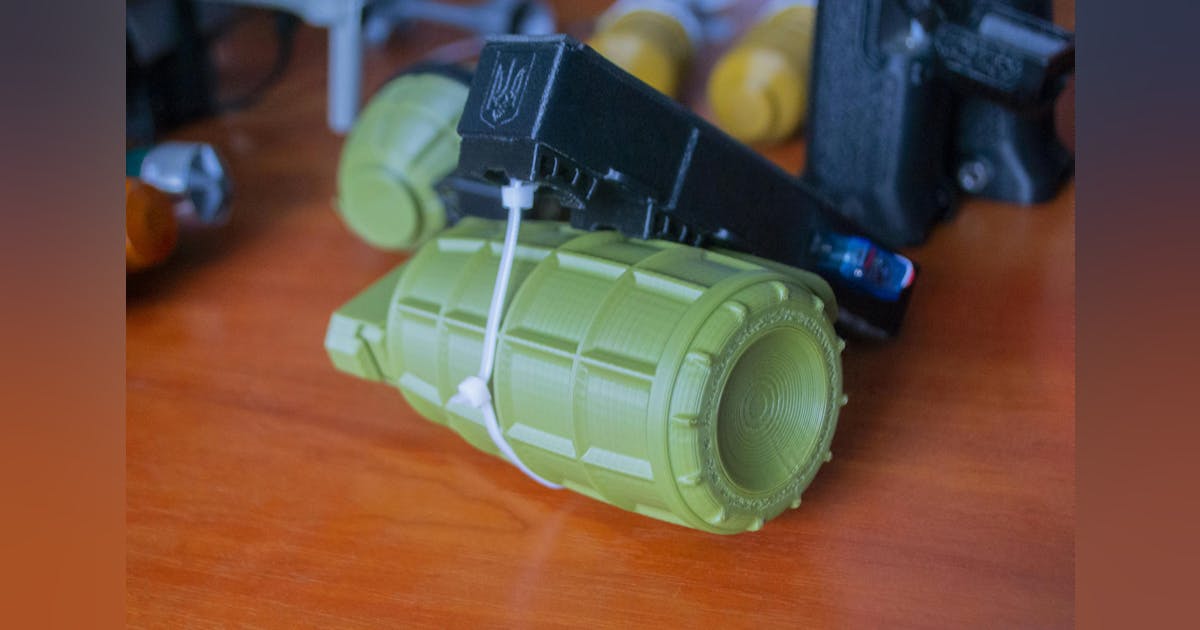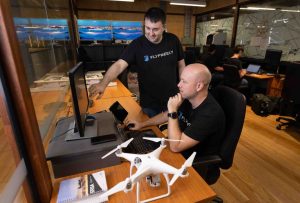HRL Laboratories Partners with SwRI for Military Additive Manufacturing
Feb. 7, 2025 – Military researchers in the U.S. are seeking to enhance the application of additive manufacturing, or 3D printing, for essential military components. This is being accomplished by establishing methods to predict the lifespan and integrity of 3D-printed parts. The solution is being pioneered by HRL Laboratories LLC, based in Malibu, California.
The U.S. Defense Advanced Research Projects Agency (DARPA) announced last week that it has awarded an $8.9 million contract to HRL Laboratories for its program titled Structures Uniquely Resolved to Guarantee Endurance (SURGE).
Accelerating 3D Printing
The SURGE initiative aims to innovate and speed up the additive manufacturing of critical military structures. It focuses on developing techniques that can predict the life expectancy of parts based on data harvested during the manufacturing process, applicable across various machines, materials, locations, and geometries.
HRL Laboratories is collaborating with the Southwest Research Institute (SwRI) in San Antonio, Texas, which recently secured a $6.2 million contract as part of the SURGE program.
Life Prediction Techniques
This program will integrate in-situ sensing technologies, processing modeling, and fatigue-life assessment methods to determine the functional lifespan of 3D-printed components. The predictions made will undergo rigorous experimental validation.
The objective of SURGE is to provide a viable alternative to the current machine-centric qualification approach in additive manufacturing, which typically involves years of optimization and exhaustive material property testing—efforts that can be costly, often exceeding millions of dollars.
Real-Time Structural Life Estimates
By shifting to a real-time prediction model, the SURGE program aims to evaluate the structural integrity of each uniquely produced component dynamically. This innovative methodology seeks to enable the manufacturing of any part geometry on any machine globally, while ensuring predicted longevity.
For further details, you can visit HRL Laboratories, Southwest Research Institute, or DARPA.

About the Author
John Keller is the Editor-in-Chief at Military & Aerospace Electronics Magazine. He has provided comprehensive coverage and insights into electronic technologies in military, aerospace, and commercial aviation settings. With a tenure at the Military & Aerospace Electronics staff since 1989 and chief editor since 1995, Keller is a seasoned expert in the field.













